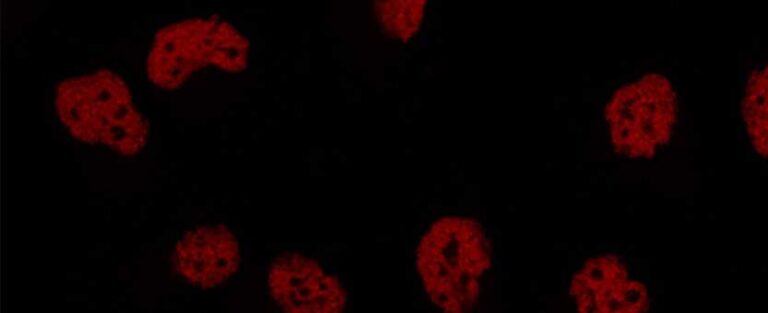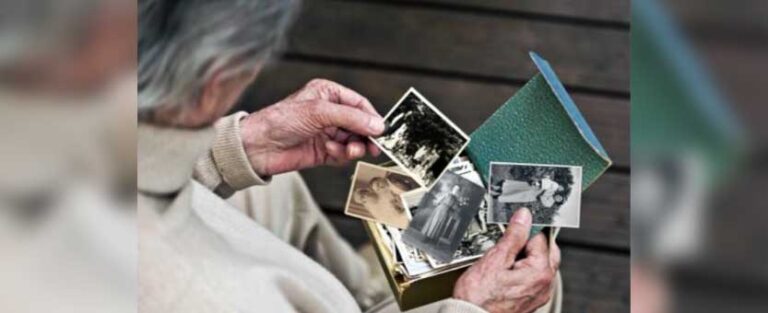The temperature in the vicinity of the silicon prism is higher than that of the rest of the tissues exposed to microwaves. (Images: UNNE / Argentina Investigates)
Scientists have tested a therapy to attack tumors with great precision using microwaves.
This therapy, which attacks tumors by intensifying radiofrequency electromagnetic fields, has achieved good results, both in simulations and in laboratory tests. The treatment would make it possible to forcefully attack tumors without affecting surrounding healthy tissues.
The work was carried out by a team of researchers headed by engineer Victor Toranzos, professor of Electromagnetism in the Electrical Engineering Career of the Faculty of Exact and Natural Sciences and Surveying of the National University of the Northeast (UNNE) in Argentina.
The treatment tested by the Toranzos team is based on hyperthermia, that is, it uses the temperature rise to eliminate a tumor or cancerous tissue. The drawback of thermal methods of this type is that their spatial accuracy leaves much to be desired. This makes it difficult to attack tumors in a very focused way without affecting surrounding healthy tissues.
Toranzos and his colleagues used microwaves to generate this hyperthermia.
Microwaves are widely used in industry, home, and medicine to produce heat. However, the distribution of heat absorption and, therefore, the temperature rise in a given volume of tissue depend on the dielectric characteristics of the materials and compounds with which they interact, as pointed out by Toranzos.
The team of researchers proposed a solution to address this problem. It consists of determining the optimal conditions with physiological aptitudes to achieve a localized microwave interaction in the surroundings of a silicon prism inserted in a medium electrically equivalent to the tissue. “The hypothesis is that this would make it possible to design a technique similar to brachytherapy but without ionizing radiation, heating mostly diseased tissue without damaging healthy tissue.”
Brachytherapy is a type of radiotherapy used to treat cancer cases. Capsules or small particles that act as a source of radiation are placed near the tumor, making it an extremely precise treatment.
During the experiment, the interaction of a linearly polarized microwave beam on a p-type doped crystalline silicon prism inserted in water was analyzed.
To test the initial hypothesis, two different paths were followed. On the one hand, the computational simulation of a system composed of a dielectric with properties similar to those of a living tissue and a doped silicon prism in which the absorption of microwave power at 2.5 GHz is studied. On the other hand, An experiment was prepared consisting of a tank with an electrolyte composed of salt water, emulating living tissue, and a silicon prism within the liquid. The time evolution of the temperature in the tank was measured, with and without the silicon prism, when the tank and its contents were exposed to microwaves generated by a magnetron of a domestic microwave oven adapted for the experiment.
Toranzos and his colleagues managed to verify temperature variations in the dielectric response in different directions depending on the aspect ratio of the prism that defines the silicon-water compound. An adequate range of frequencies for the test beam was used, according to the depth of the tissue to be treated, to overcome the limitations in the penetration distance of the proposals with metallic nanoparticles.
The simulations showed that the absorbed power can be located on a filling fraction much smaller than that occupied by the prism and in the immediate vicinity of its edges on the faces with the smallest surface.
Both in the simulation and in the experimental results, an increase from 20% to 130% in the absorbed power was observed when the flat surface of the silicon prism varies from orthogonal to parallel orientation with respect to the polarization direction of the incident beam.
These results make it possible to ensure, at least under laboratory conditions, that the temperature in the vicinity of the silicon prism is higher than the rest of the tissues exposed to microwaves. This difference can be crucial when it comes to attacking only a tumor but with the premise of not damaging healthy tissue and, therefore, improving the patient’s recovery.
(Source: Juan Monzón Gramajo / National University of the Northeast / Argentina Investiga) y Amazings® / NCYT® | (Noticiasdelaciencia.com / Amazings.com). Atacar tumores con microondas | Noticias de la Ciencia y la Tecnología (Amazings® / NCYT®)




